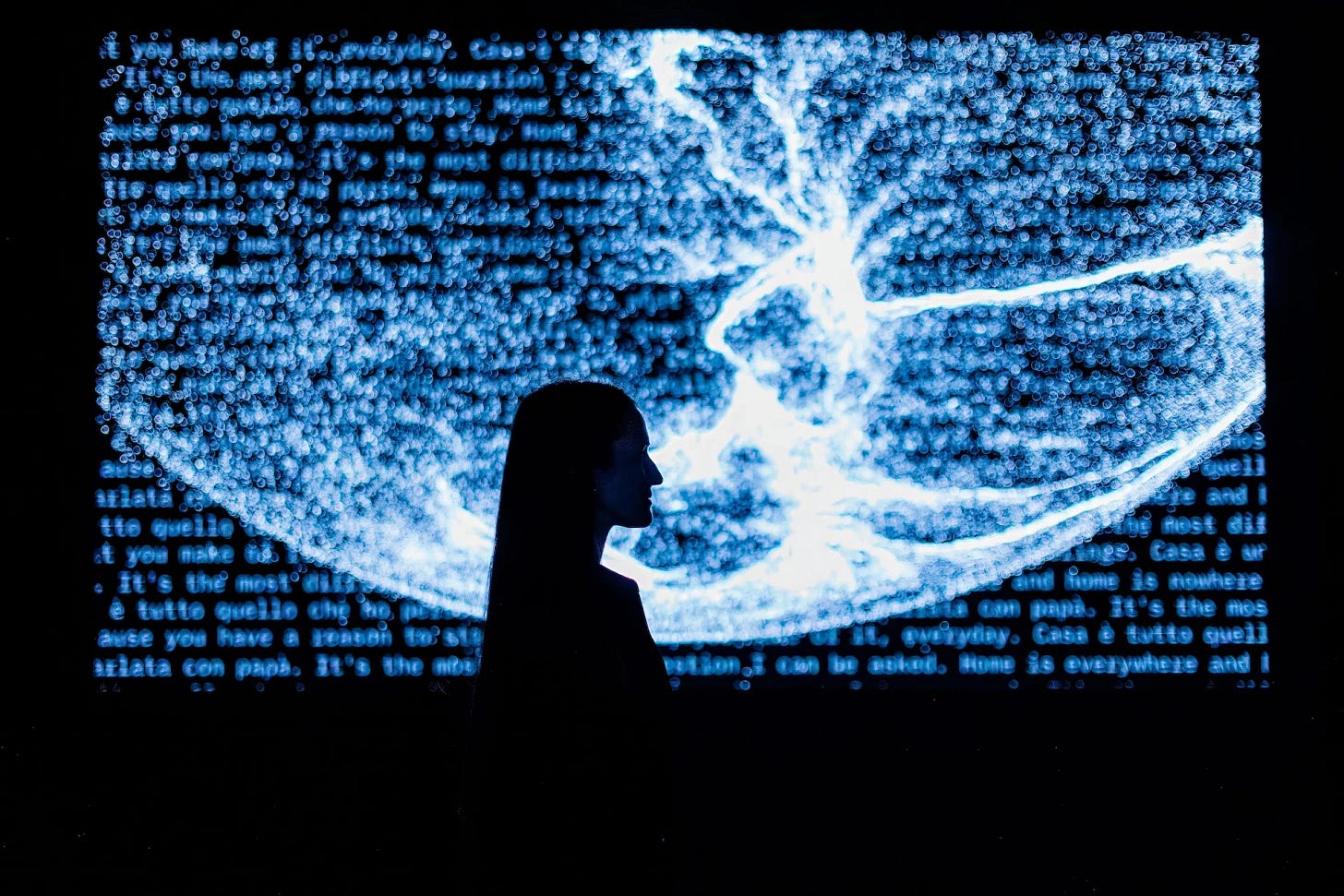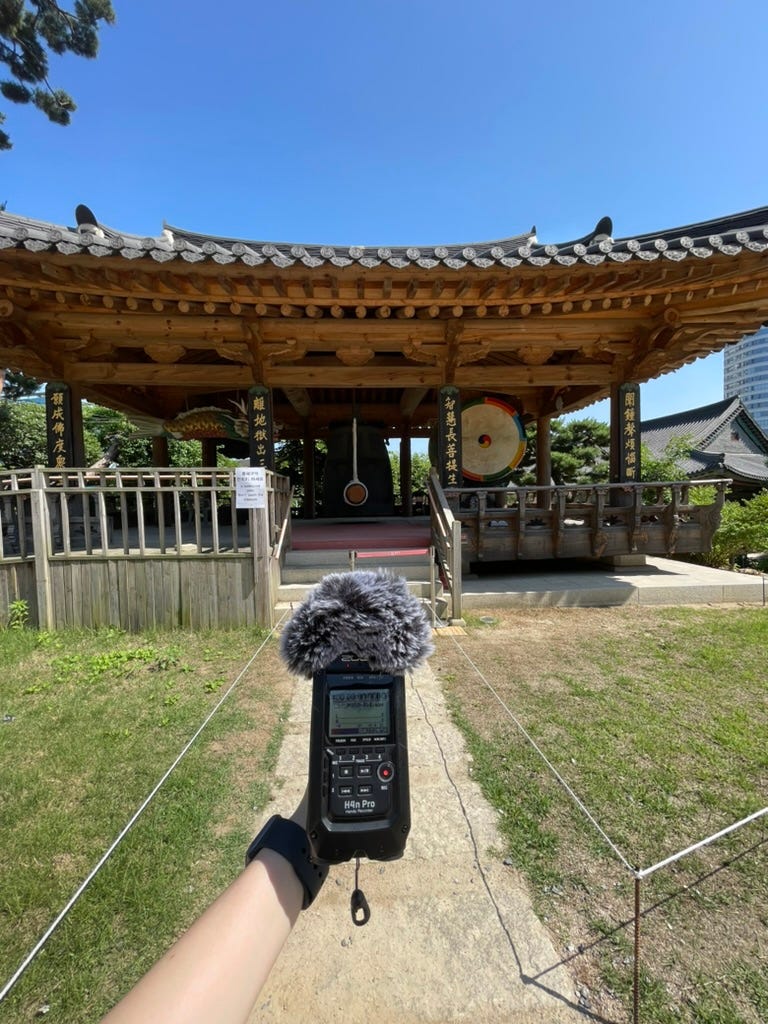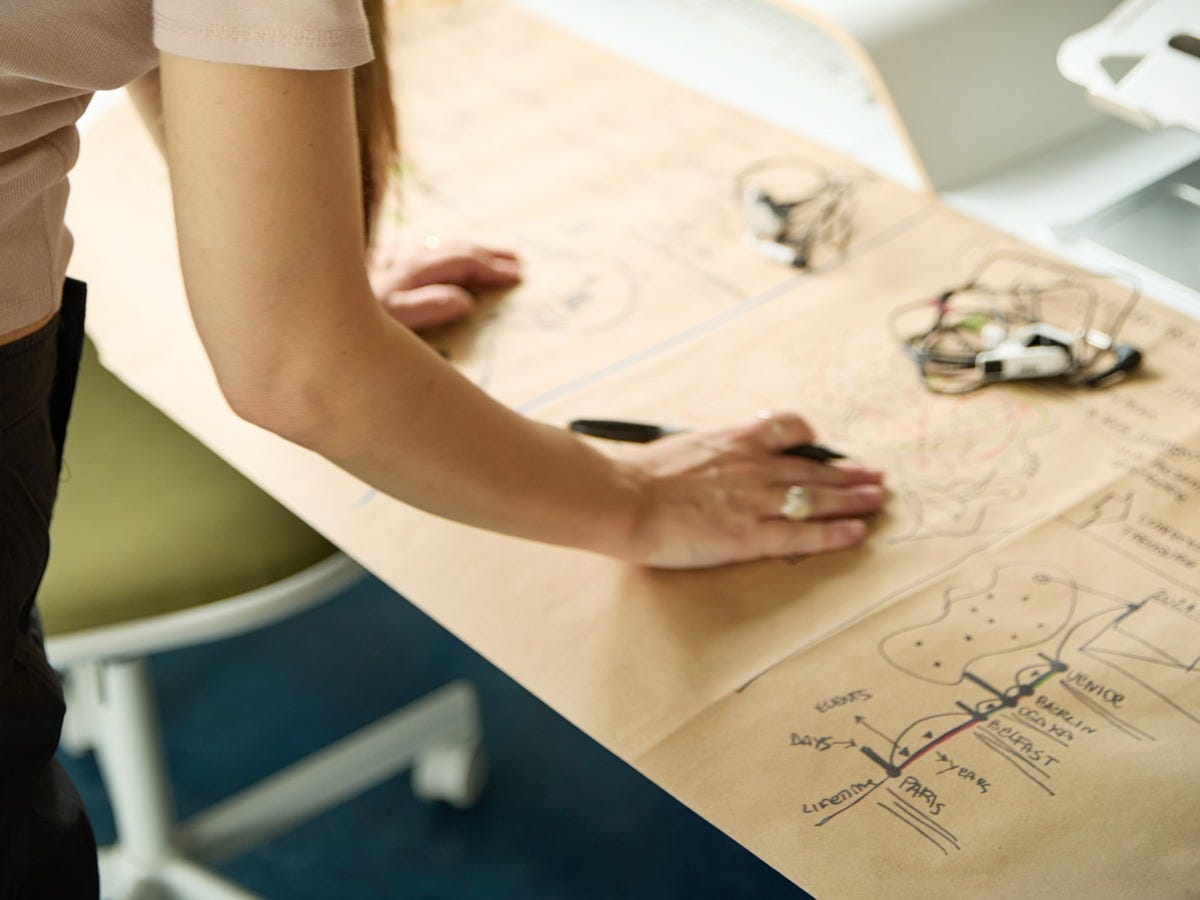#08 What does a data artist really do?
One thing I’ve never been good at—among many— is explaining what I do for a living. This is my attempt.
I’ve just returned to London after a few full-on weeks in Bangkok, where I was teaching a dataviz course, collecting sounds among abandoned buildings, studying live performances, and preparing for my next one 👀
I also did my first listening experience DATASONICA—a collective moment where we explored sound, memory, and presence through deep listening.
It felt like the beginning of something new, 10/10.
Just before flying to Thailand, I sat down with Artribune for a long conversation about what it means to work as a data artist—especially when your data is invisible and your tools are sound, memory, code, and emotion, not dashboards and bar charts.
Here’s what I shared:
📊 “I don’t visualise data. I work with it.”
This might sound like a small difference, but it’s everything for me.
For me, data isn’t just something to represent—it’s something to translate, transform, and even honour: data is a storytelling device. I work with traditional data as much as biometric data, sonifications, people’s voices—raw materials full of life and nuance.
“What interests me most are the layers of reality we can't see—things that are ephemeral, fragile, intimate. My role is to listen to them.”

🔧 The process is the project
I often say I’m not interested in producing final artworks. For me, the real work happens in the process: the listening, the collecting, the not-knowing, the experimentation, the struggle, and the mistake-making.
My goal isn’t just to be precise or scientific. It’s to make people feel something.
“I think of my work as a form of cartography of behaviours—an emotional, poetic way of mapping how people live, remember, and exist.”
🎤 Frequencies of Belonging: voice as data
One of the projects I performed while in Bangkok is Frequencies of Belonging, an installation where I ask people a simple but powerful question:
“What does home mean to you?”
Spoken answers are transformed into sound compositions and visual forms, creating a kind of sonic map of belonging. The work was premiered in Genoa last April, and was displayed recently at the IV Edition of Immersive Frontiers at MEET Digital Culture Centre in Milan, at VizKnowledge in Helsinki, at the AI Week in Milan, at the Maritime Museum in Genoa, and at PunchUp dataviz meetup in Bangkok.
“The voice is intimate. It's the most direct trace of a person’s presence. It’s the purest form of personal data. That’s why I use it.”
If you’d like to take part in Frequencies of Belonging, the open call is still open. I'm collecting new voices from around the world—fragments of what “home” sounds like to you. In any language, as a text/Slack message, email, Instagram DM, or Instagram voice note. Napkin notes are welcome, too!
If you're curious, you can read the full interview on Artribune here—in Italian, but hey, Google Translate it:
🔗 Full article on Artribune
Also—if you're in London on Friday 27th June, I’ll be speaking at design:data, a one-day, free event at the London College of Communication. I’ll talk about “Data Design as an Act of Listening", where I explore listening as a radical tool for data design and share more behind the scenes of my work with sound, space, and memory.
🆓 It’s a free event, sign up here
Thanks for listening.
Stay slaying,
Tiziana









